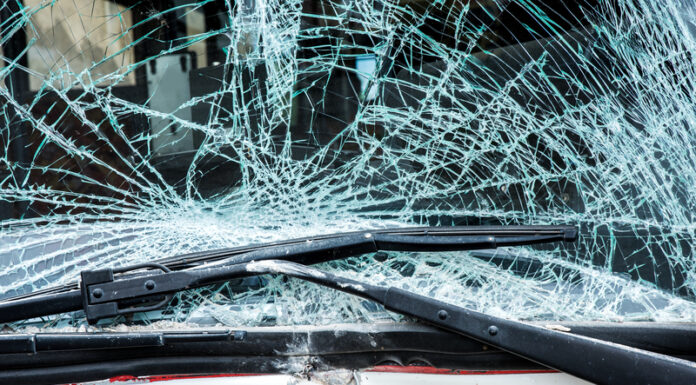A double-decker bus crash in Peru’s Junín region left 18 people dead and 48 others injured after the vehicle careened over a slope and crashed into a ravine on Friday, July 25. The bus, owned by Expreso Molina Líder Internacional, was carrying more than 60 passengers when the accident occurred.
Clifor Curipaco, a health director in Peru, told reporters that the bus was traveling from Lima toward the country’s Amazon forests when the tragedy struck. Video footage from the crash scene shows the bus split in two following the fall, with rescue workers and police attempting to maneuver inside the wreckage of the overturned vehicle.
The bus landed upside down after falling over the slope, creating a scene of extensive destruction that required significant rescue efforts. Emergency responders worked to extract survivors from the severely damaged vehicle while authorities began their investigation into the cause of the incident.
This crash represents the latest in a series of fatal bus accidents that have plagued Peru throughout 2024 and into 2025. Earlier this year, a bus crashed into a river in January, resulting in six deaths and 32 injuries. An even more devastating accident occurred in April 2024, when a bus crash killed 24 people, marking it as the deadliest such incident in the country in several years.
According to a report from Peru’s Attorney General’s office, “recklessness and excessive speed are the leading causes of vehicular accidents in Peru.” This assessment highlights the ongoing challenges the South American nation faces with road safety, particularly involving commercial passenger vehicles.
The scale of traffic-related fatalities in Peru underscores the severity of the country’s road safety crisis. In 2024 alone, approximately 3,173 people died as a result of traffic accidents throughout the country, according to official records. These statistics reflect the dangerous conditions that passengers face when traveling on Peru’s roadways, particularly on routes that traverse mountainous terrain between major cities and remote regions.
The route from Lima to the Amazon forests represents one of many challenging passages through Peru’s diverse geography. These roads often feature steep inclines, sharp curves, and significant elevation changes that can prove hazardous for large vehicles like double-decker buses carrying dozens of passengers.
Authorities continue to investigate the specific circumstances that led to Friday’s crash. The investigation will likely examine factors such as vehicle maintenance, driver experience, road conditions, and weather at the time of the accident. Such investigations are crucial for determining whether mechanical failure, human error, or environmental conditions contributed to the tragedy.
The 48 survivors of the crash required medical attention for their injuries, though the severity of their conditions has not been detailed in official reports. The rescue operation involved multiple agencies working to extract passengers from the wreckage and transport them to medical facilities for treatment.
This incident highlights the risks associated with long-distance bus travel in Peru, where such vehicles serve as a primary means of transportation for many citizens traveling between urban centers and rural areas. The Junín region, where the crash occurred, serves as a crucial transit corridor connecting Lima with Peru’s eastern territories.
The frequency of serious bus accidents in Peru has drawn attention to the need for enhanced safety measures and stricter enforcement of traffic regulations. The country’s challenging topography, combined with the heavy reliance on bus transportation, creates conditions where accidents can result in significant casualties.
Peru’s Ministry of Health has been contacted for updates on the crash victims and any additional information about the rescue and medical response efforts. The investigation into this latest tragedy continues as authorities work to determine what factors contributed to the bus leaving the roadway and falling over the slope.
The pattern of fatal bus crashes in Peru demonstrates the ongoing challenges facing the country’s transportation safety infrastructure. With thousands of deaths occurring annually in traffic accidents, incidents like the July 25 crash underscore the urgent need for comprehensive safety improvements to protect passengers using Peru’s extensive bus network.








